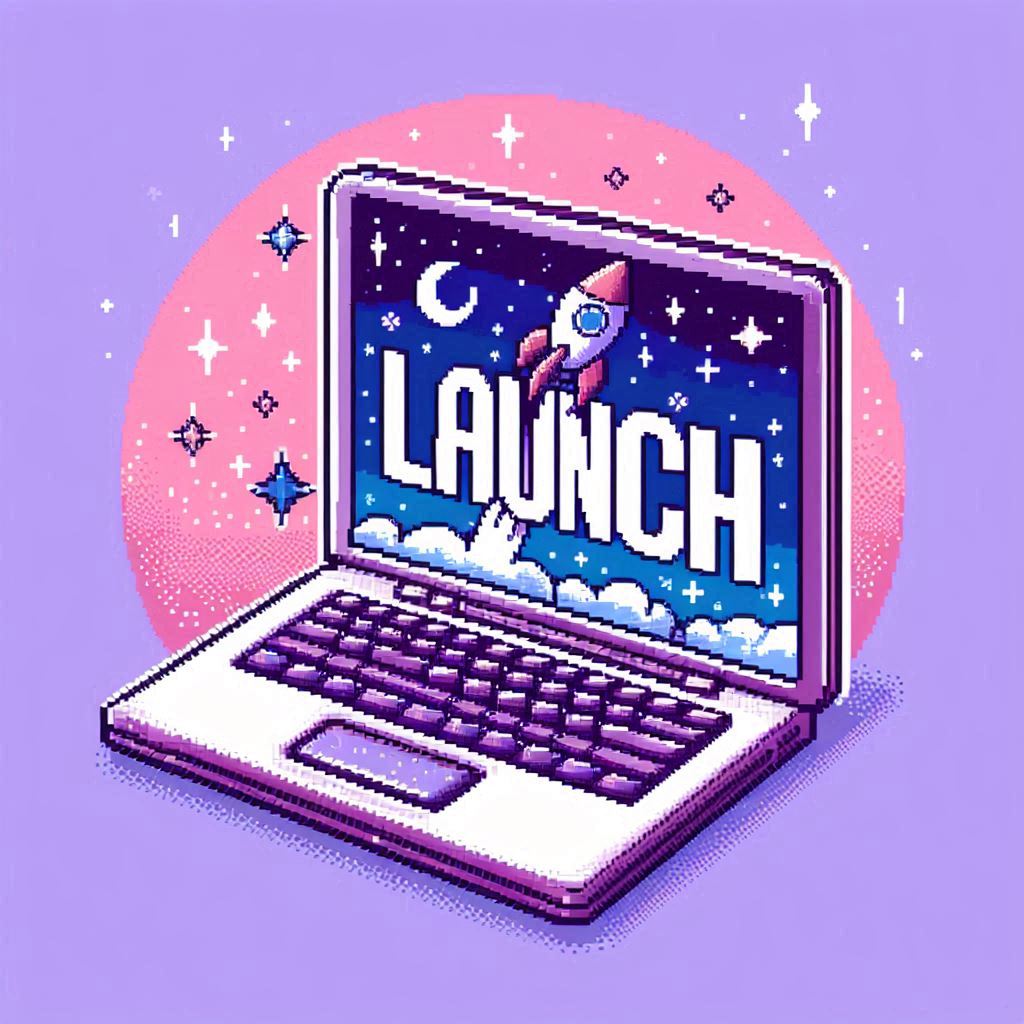How I can build your MVP in 8 weeks
Learn my proven approach to building MVPs in 8 weeks using the 80/20 principle and rapid app development techniques. Discover why launching lean beats feature-loaded products and how platform app development creates self-funding growth cycles.

Joe Peel

The pragmatic approach to rapid MVP delivery
Getting a product live in eight weeks is no easy feat. I don't want to make it out as if it's a huge challenge, but it requires a pragmatic and logical approach backed by experience to make eight-week delivery times achievable.
The biggest factor in how I deliver MVPs through rapid app development for my clients in this timeframe is by focusing ruthlessly on the 80/20 rule. This principle states that 80% of outcomes come from 20% of efforts - or in product terms, 80% of customer satisfaction and success comes from just 20% of features.
Understanding the 80/20 rule in rapid app development
This universal rule applies brilliantly to software development. Your product wishlist probably contains loads of bells and whistles - and they might be good ideas - but most aren't critical to your core product offering. They won't make or break sales.
There's a vital 20% - the important few features your project absolutely must have to launch as an MVP in eight weeks. For those unfamiliar, MVP stands for Minimum Viable Product - the minimum level of product needed to be commercially viable and attract paying customers. If it can't do this, it's more of a prototype than an MVP.
We're aiming for this minimum version of a sellable product, not a fully-fledged system. That's how we maintain eight-week delivery times whilst building something with real commercial value.
Flexibility within the framework
When we work together, timeline depends on your specific project. I might quote closer to 10 weeks for more complex builds, or perhaps six weeks for simpler solutions. Every project is unique, but the eight-week target provides a focused framework for decision-making.
Where many projects fail and timelines explode is when the development team isn't strict about what goes into the initial release. Obviously, you're the client steering the ship, but it's my job to push back on features that would be expensive to implement yet add little to commercial success.
Learning from project successes and failures
From working on numerous projects over the years, I've seen clear patterns in what succeeds and what fails. The winners consistently follow one approach: build a lean, workable product in a short timespan with a lower budget, get people using and paying for it (even at reduced fees initially), gather feedback, then use revenue from initial licences to improve the product.
This creates a self-funding cycle after the initial investment. The product evolves based on real user needs rather than assumptions, and you're generating revenue whilst improving - not burning through capital hoping you've guessed correctly.
The danger of guessing what customers want
Where projects go wrong is when teams try to guess what customers want and build everything to cover every possible use case. They spend substantial money building features that, half the time, nobody cares about because they're not what customers actually need.
You'll have a clear business case and ideas about features, but you can't know everything until you get something live and receive real-world feedback. No amount of planning replaces actual user behaviour data.
The vital few versus the trivial many
Sticking to that lean initial setup is how we achieve eight-week builds. We don't attempt to build everything - we identify and build the vital few features that will make a genuine difference to users. This requires discipline and experience to identify what's truly essential versus what seems important but isn't.
This approach might feel uncomfortable initially. You might worry about launching something that feels incomplete. But remember: successful products iterate based on user feedback, not founder assumptions. Facebook started as a simple directory for Harvard students, not the feature-rich platform it became.
Making eight weeks work in practice
My process for eight-week MVPs follows a proven pattern:
Weeks 1-2: Discovery and Planning We define the core value proposition and identify the 20% of features that deliver 80% of value. This involves understanding your market, users, and business model deeply.
Weeks 3-6: Focused Development With a clear scope, development proceeds rapidly. Using modern frameworks like Laravel and platform app development techniques, I can build robust features quickly without sacrificing quality.
Weeks 7-8: Testing and Launch Preparation We test with real users, fix critical issues, and prepare for launch. This isn't about perfection - it's about ensuring the core experience works brilliantly.
The compound benefits of rapid launch
Launching in eight weeks creates compound benefits beyond just speed:
- Earlier revenue generation funds further development
- Real user feedback guides feature priorities
- Market validation happens with minimal investment
- You can pivot quickly if needed
- Competition has less time to react
Most importantly, you're building based on reality, not assumptions. This dramatically increases your chances of creating something people actually want and will pay for.
Why this approach consistently works
The eight-week MVP approach works because it aligns with how successful products are actually built. It forces focus on what matters, prevents feature bloat, and gets you to market whilst your idea is still fresh and relevant.
I've used this approach to help clients launch everything from SaaS platforms to marketplaces to specialised business tools. The consistent factor in success isn't the type of product - it's the discipline to launch lean and iterate based on real feedback.
Eight weeks might seem impossibly fast, but with the right approach, experience, and focus on the vital few features, it's not just achievable - it's optimal for most new products.
Let's build your MVP in 8 weeks
Stop guessing what customers want. Launch lean, get feedback, and build a self-funding product.
Discuss your MVPRelated Articles

How I keep SaaS projects within budget
Discover why I only offer fixed-price quotes for SaaS projects instead of hourly estimates. Learn how this custom software development approach protects your budget, guarantees delivery, and keeps your project focused on launching successfully with a UK software development company.

How I keep features focused
Learn how I use the 80/20 principle to prevent feature bloat and deliver focused software products through bespoke software development. Discover why saying no to features creates better web development outcomes than saying yes to everything.

What is an MVP?
Learn what an MVP really means and why building the minimum viable product using rapid app development is the smartest way to launch. Discover why starting small with custom software development leads to better outcomes than trying to build everything at once.

About Joe Peel
Laravel developer and SaaS specialist helping businesses build scalable web applications. With years of experience in full-stack development, I focus on creating robust, maintainable solutions that drive business growth.
Learn more about me →